Montenegro
Before we set off on a road trip through the Balkan states, we could hardly have located Montenegro on the map. Of course we knew it was a country somewhere between Austria and Greece, but we had no idea what it was like. Are there lakes there? Mountains? Beaches? What are the people like, what is nature like? In short, we arrived without any expectations and experienced a surprise that hardly any other country had given us before. Montenegro has it all: breathtaking mountain landscapes, some of the most beautiful towns on the Mediterranean coast, idyllic bathing spots and crystal-clear lakes. All this in an area barely larger than that of Kosovo.

Even in Bosnia and Herzegovina, the roads become narrower and worse the closer we get to the Montenegrin border. We continue up the winding road to the border checkpoint. Behind it, we follow the road through a deep valley. Suddenly, the Mratinje dam is in front of us, with Lake Piva behind it. Its water shimmers turquoise blue, the slopes of the surrounding mountains drop steeply down to the water. We recognize an old path carved into the rock, a dilapidated dwelling and an old power station house, long out of use.
The path leads us through tunnels and further twists and turns to the village of Plužine, where we find a place to spend the night under pear trees. Two German overlanders join us. We toast the adventures ahead of us with home-brewed schnapps.
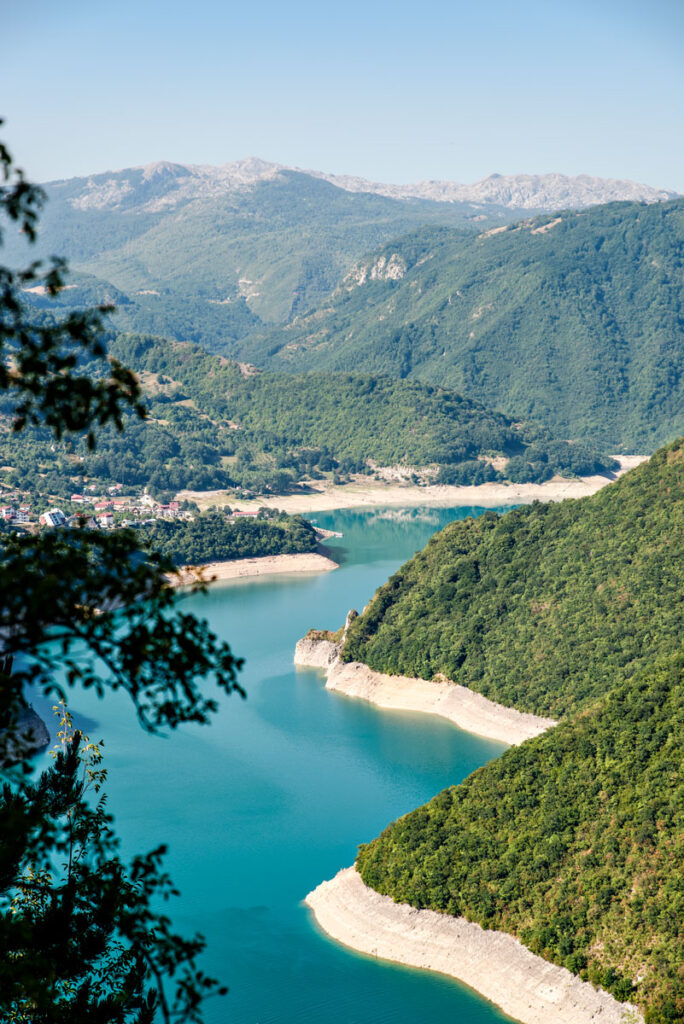
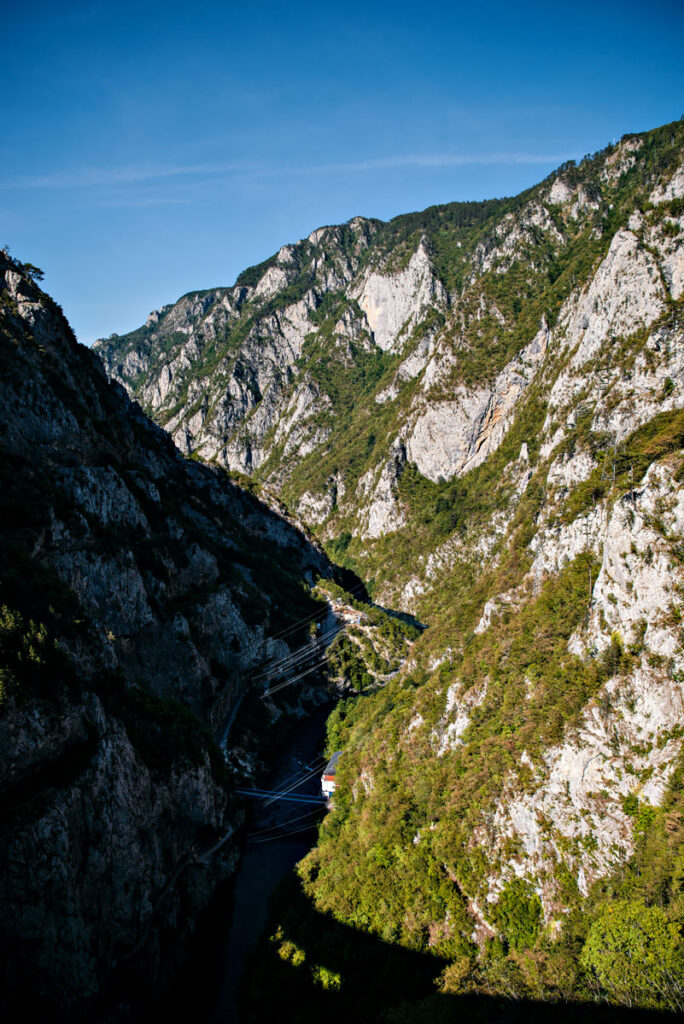
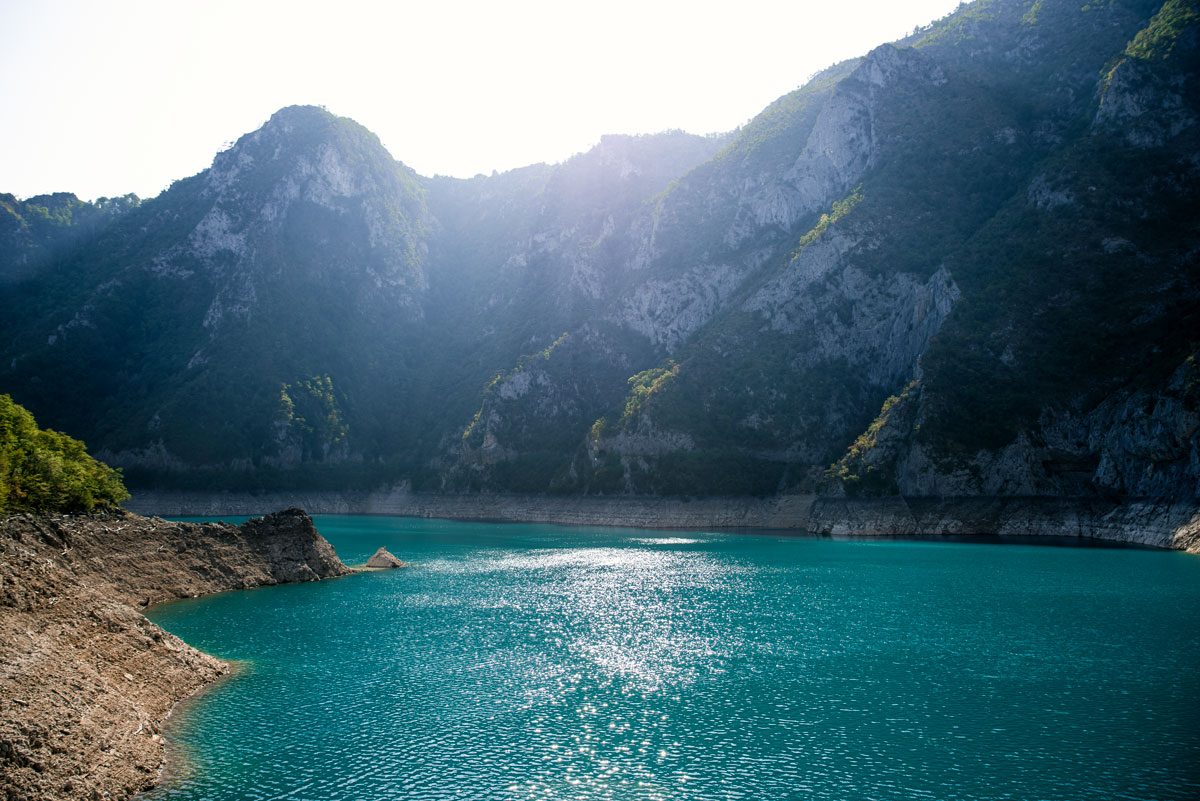
We start the day somewhat haphazardly. Instead of following the well-maintained main road to Plav, we decide to take a detour into the Dumitor National Park. Our car climbs higher and higher in numerous hairpin bends and through dark, narrow tunnels in the bare rock. The pine-green mountain slopes become sparser and more barren, giving way to a brown steppe landscape. The higher we get, the more rugged and stony it becomes. There are a few huts along the way, an old church like something out of an Italian western. Haystacks and small fields of lettuce and cucumbers.
Suddenly the landscape lies before us in all its beauty and vastness. A shepherd moves through a flat valley with his flock of sheep. Everything seems surreal, as if we were on another planet. We hadn’t expected this. The sheep pass by and only the wind whistles in our ears. The silence is almost perfect. Without further ado, we get our camping chairs out of the car and silently enjoy the sight of this force of nature. This moment will remain the highlight of our trip to the Balkans.
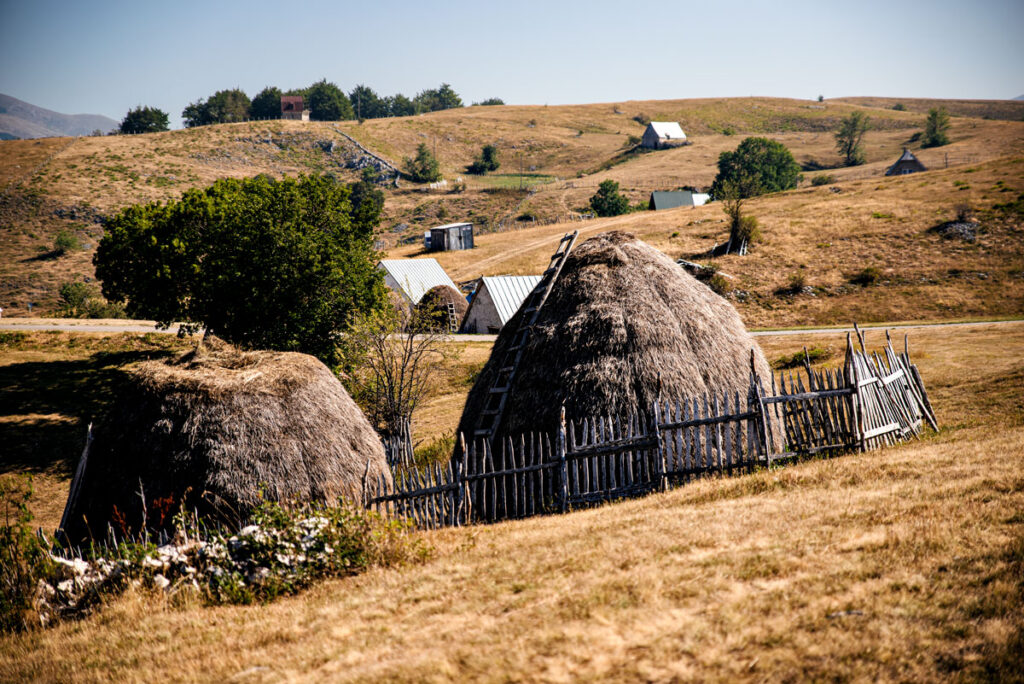
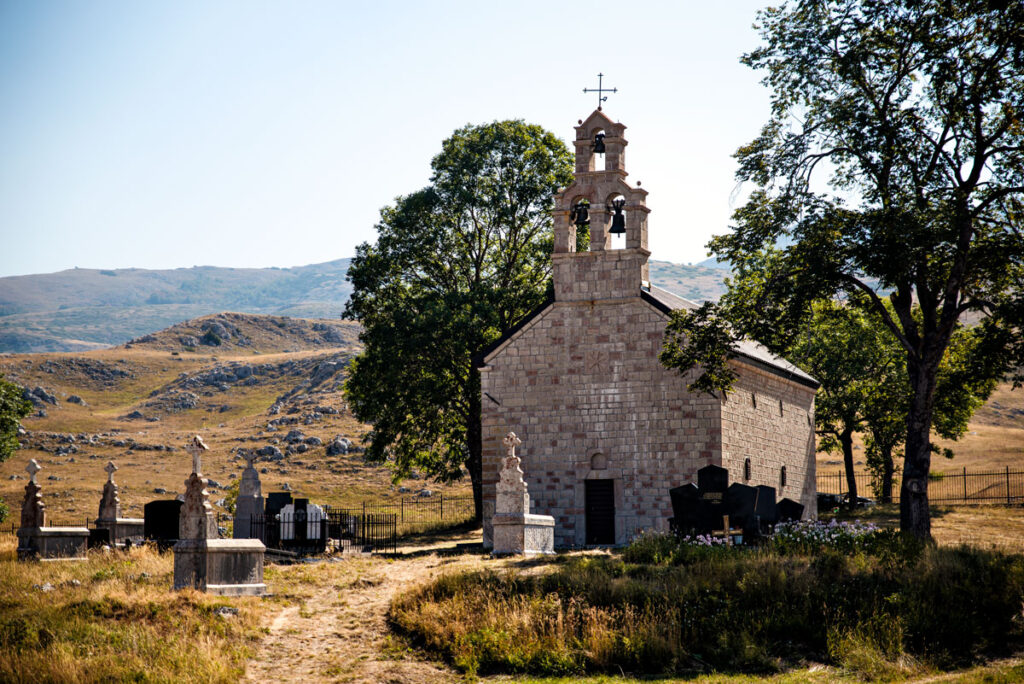
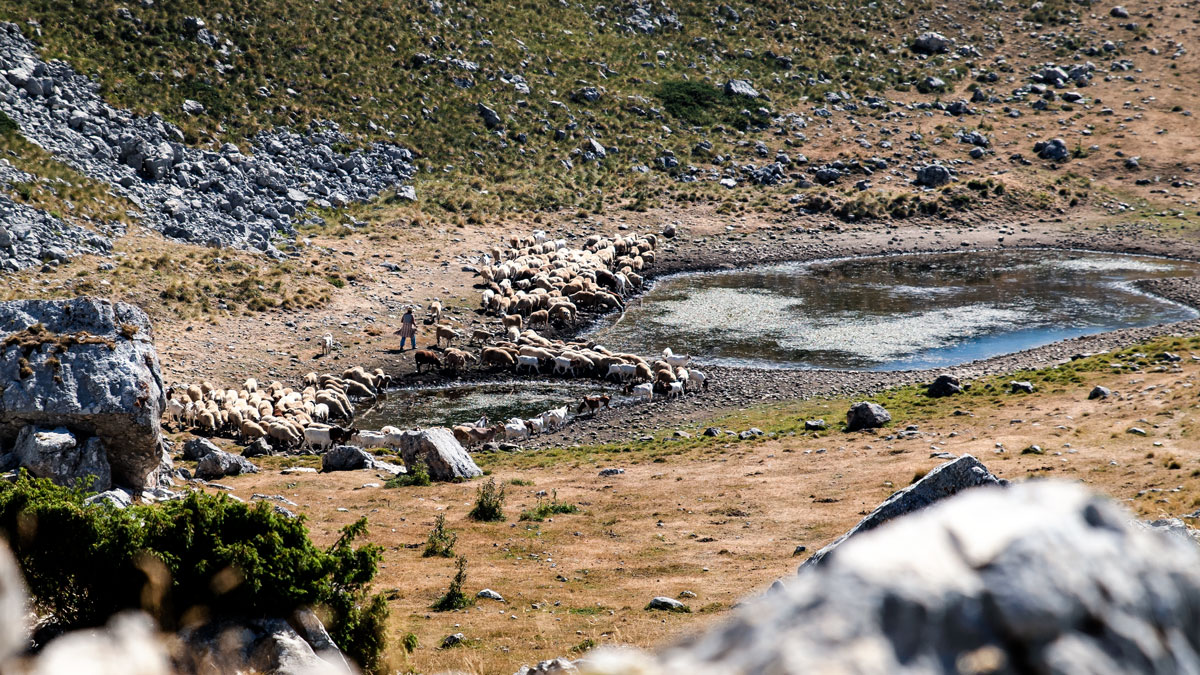
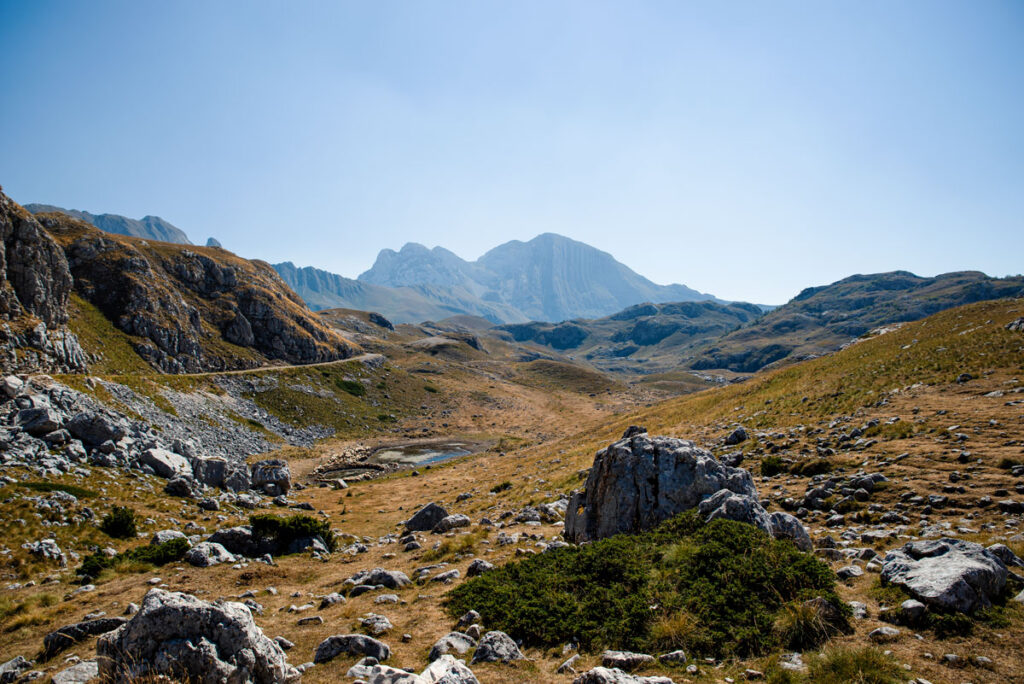
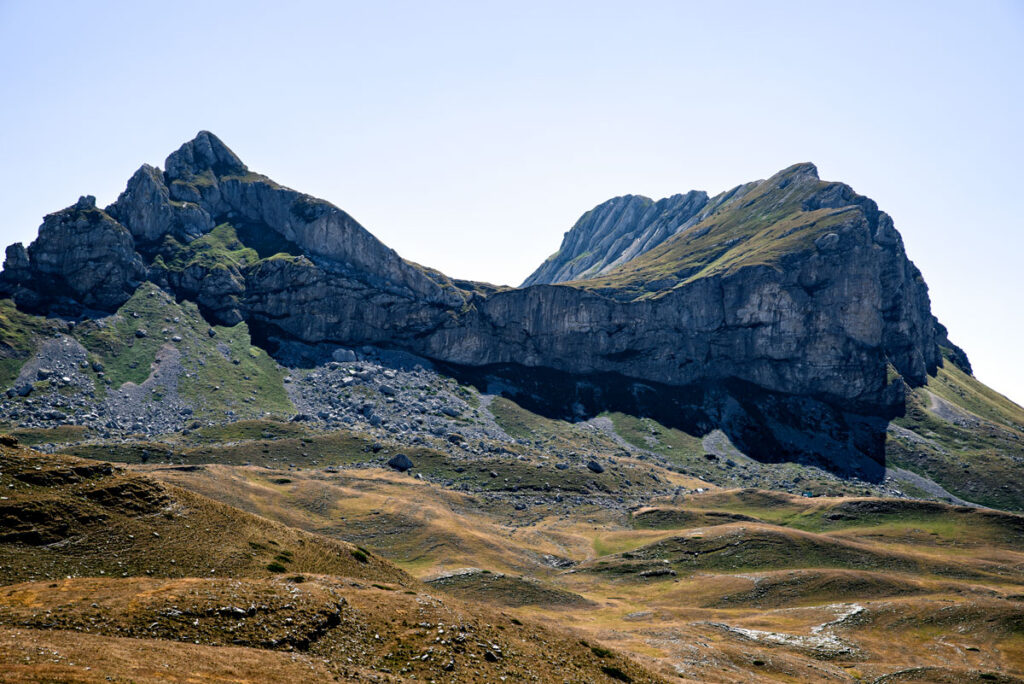
We camped in a quiet field near Plav. Now we set off for the capital Podgorica. With only 150,000 inhabitants, it is a rather small capital. And that’s exactly how it presents itself to us on this hot summer afternoon. There are hardly any cars on the streets and even the city center is empty.
We follow a dried-up stream through a small park, eat pizza in a side street and stroll past communist apartment blocks and monuments. While many other towns in the surrounding countries have shaken off their Yugoslavian charm, Podgorica is far from free of it – Montenegro only left the confederation with Serbia and Kosovo in 2006. Here and there, reinforced concrete buildings with lots of glass have sprouted tentatively from the ground. The Millennium Bridge is one of the country’s landmarks, symbolizing the future and the upswing. It connects the old with the new, points to the new millennium, to a new historiography and a steady forward movement. A hundred meters further on, Russia has donated a steel bridge to the city – the Moscow Bridge. A sign of the good relationship between the two countries. But above all, a sign to the West: Montenegro belongs to us.
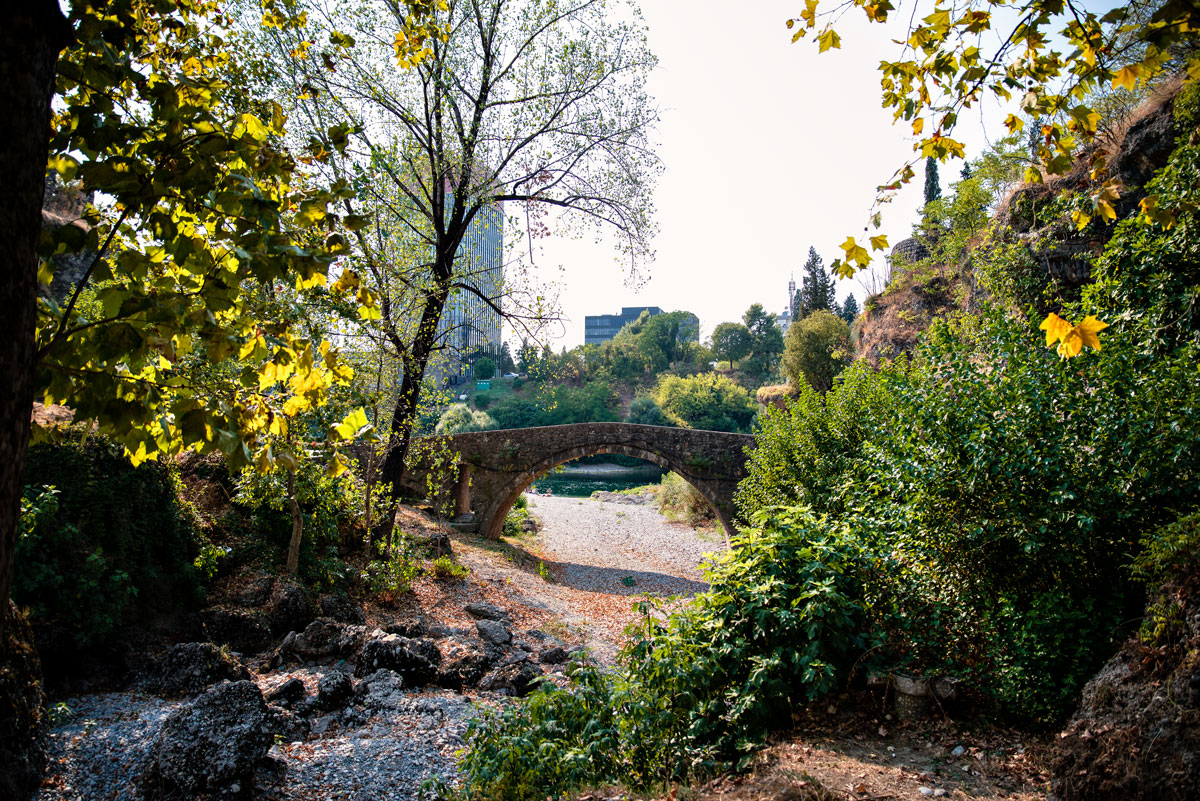
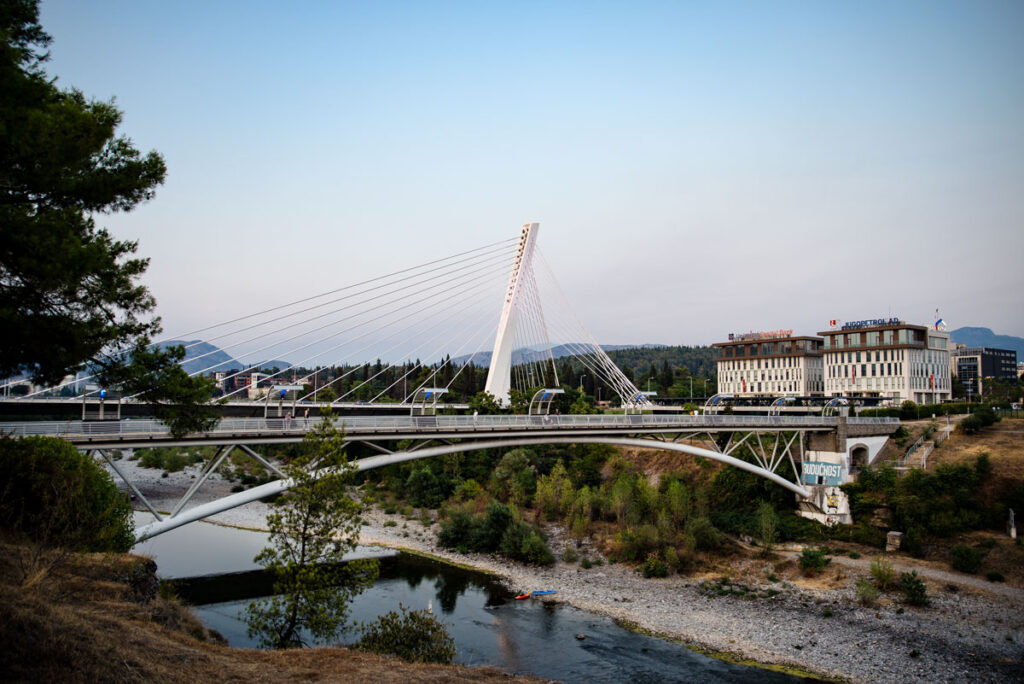
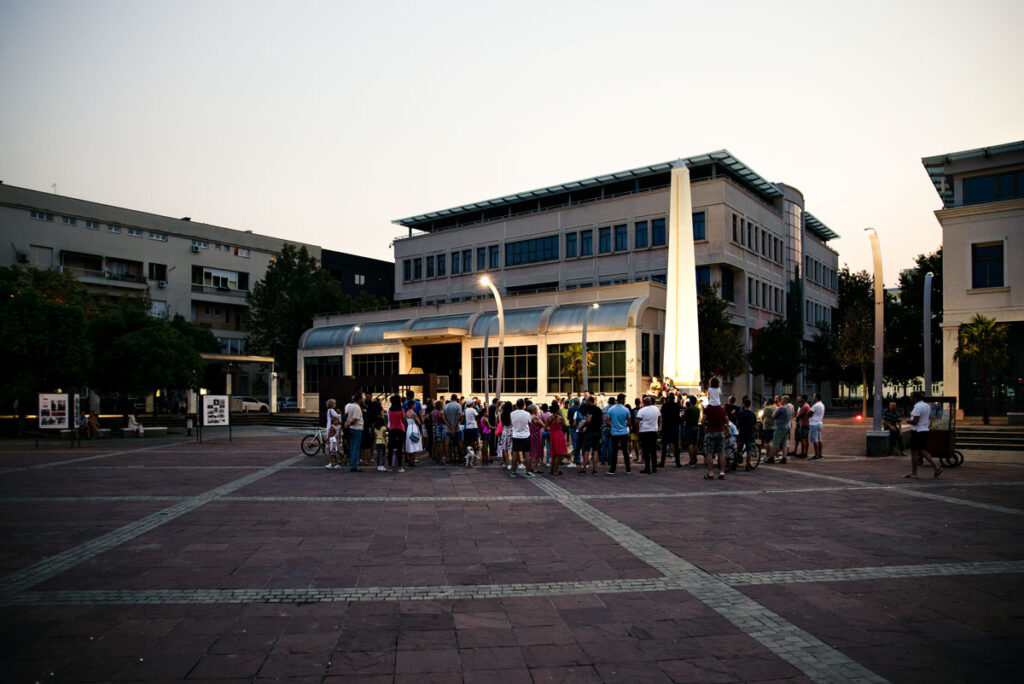
On the coast of Montenegro, towns worth seeing are strung together like pearls on a string. Basically, they are all worth a stop: there is Budva with its parties and crowded beaches. There is tranquil Kotor, a cultural center with a beautiful old town, situated on the azure bay of the same name. The island of Sveti Stefan and the many small vacation spots opposite Kotor with their fishing boats, cafés and bathing spots.
We drift along the coast and enjoy the atmosphere. Anyone on vacation in Montenegro comes here, and of course the streets and beaches are full of tourists. Nevertheless, it is easy to avoid them. Everything is concentrated on the sights and the few sandy beaches. What is not in the travel guides and blogs becomes a lonely insider tip. We are gone before the cruise ships arrive the next morning.
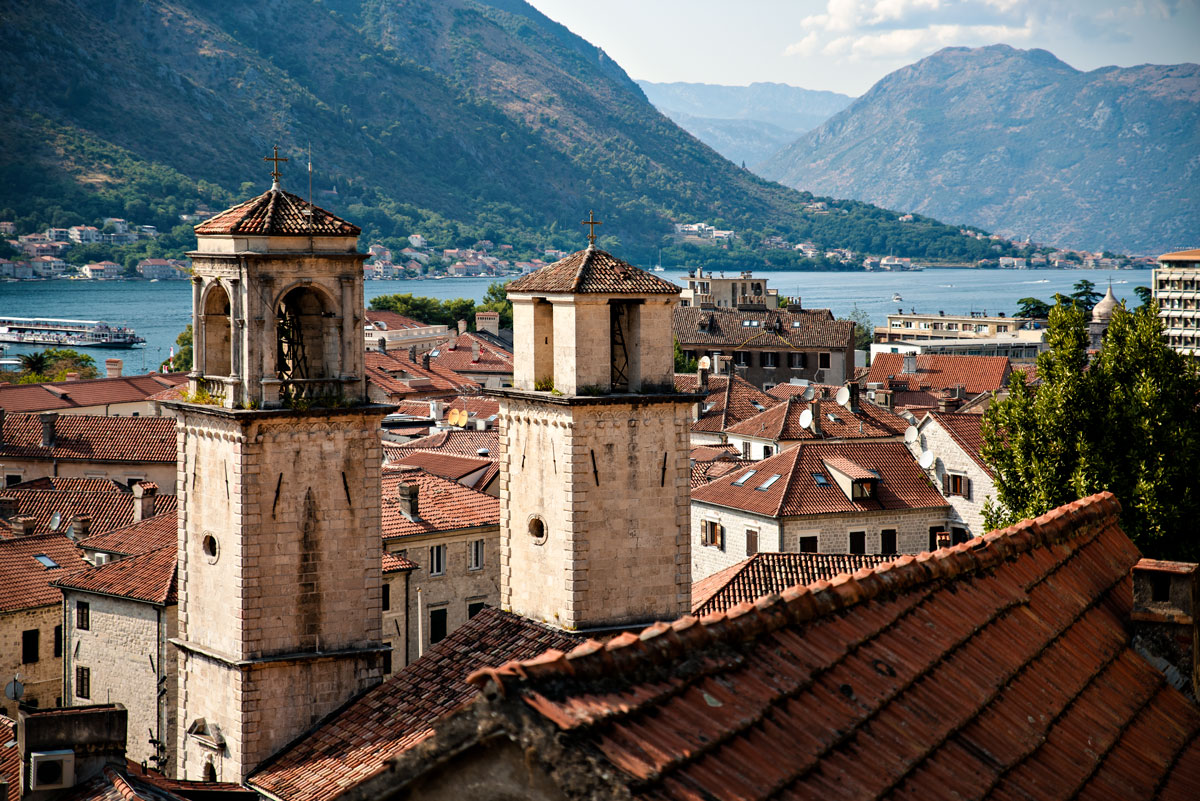
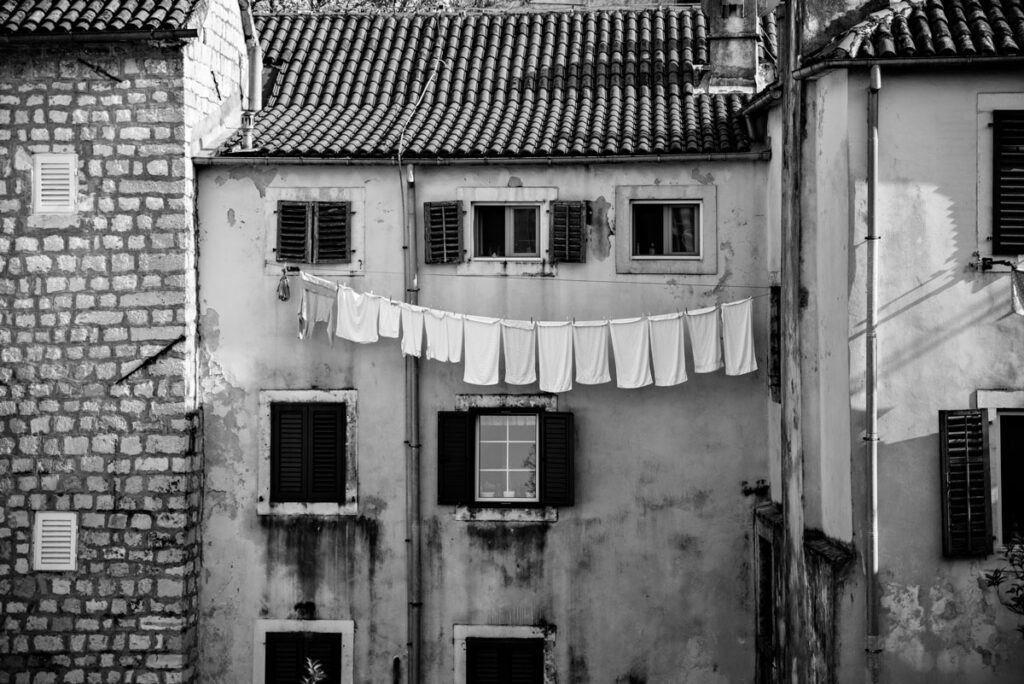
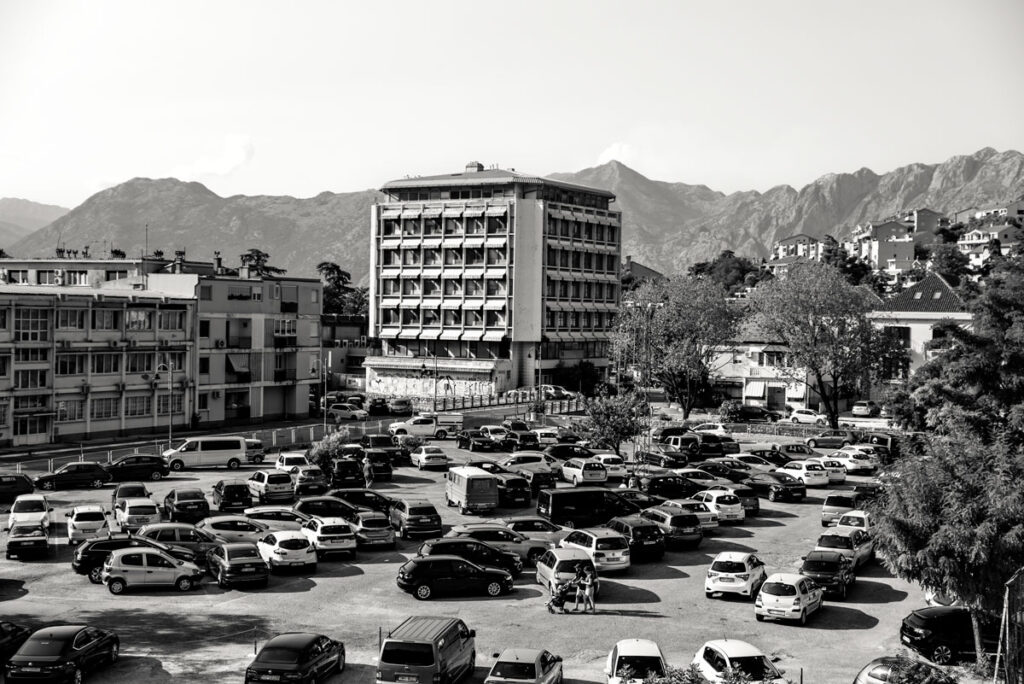
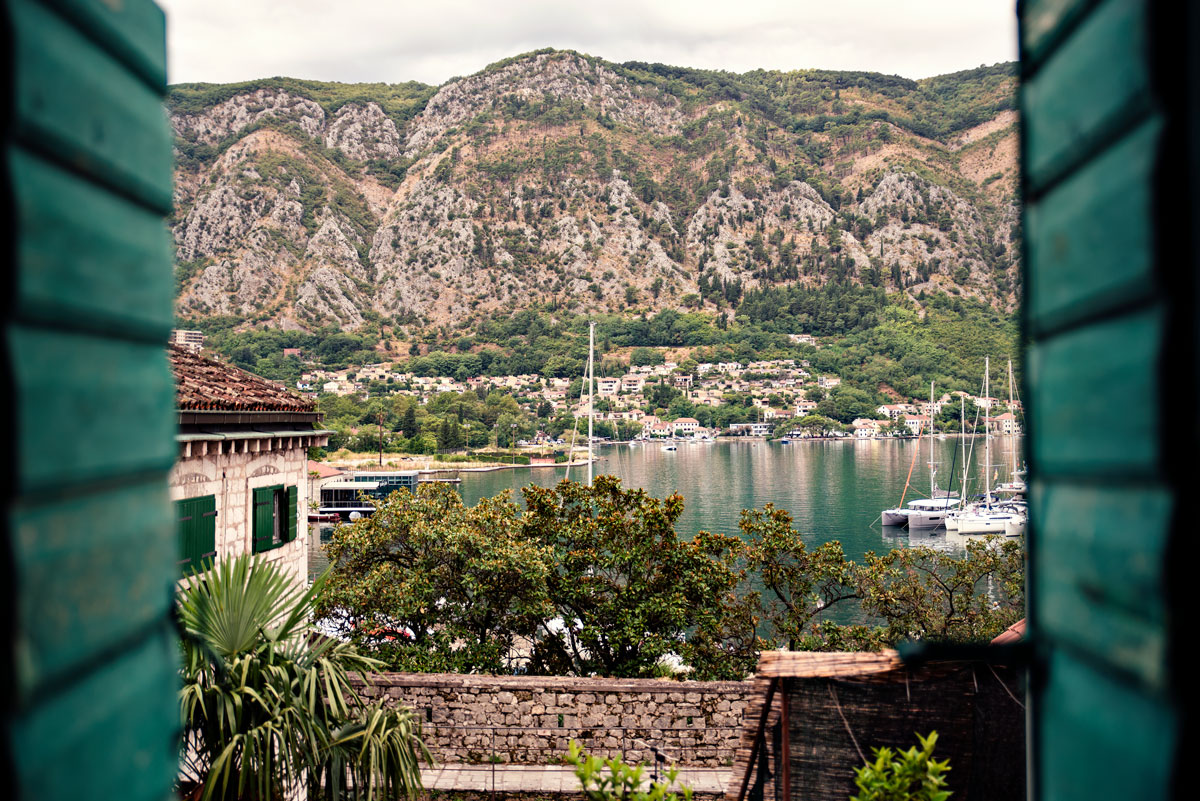
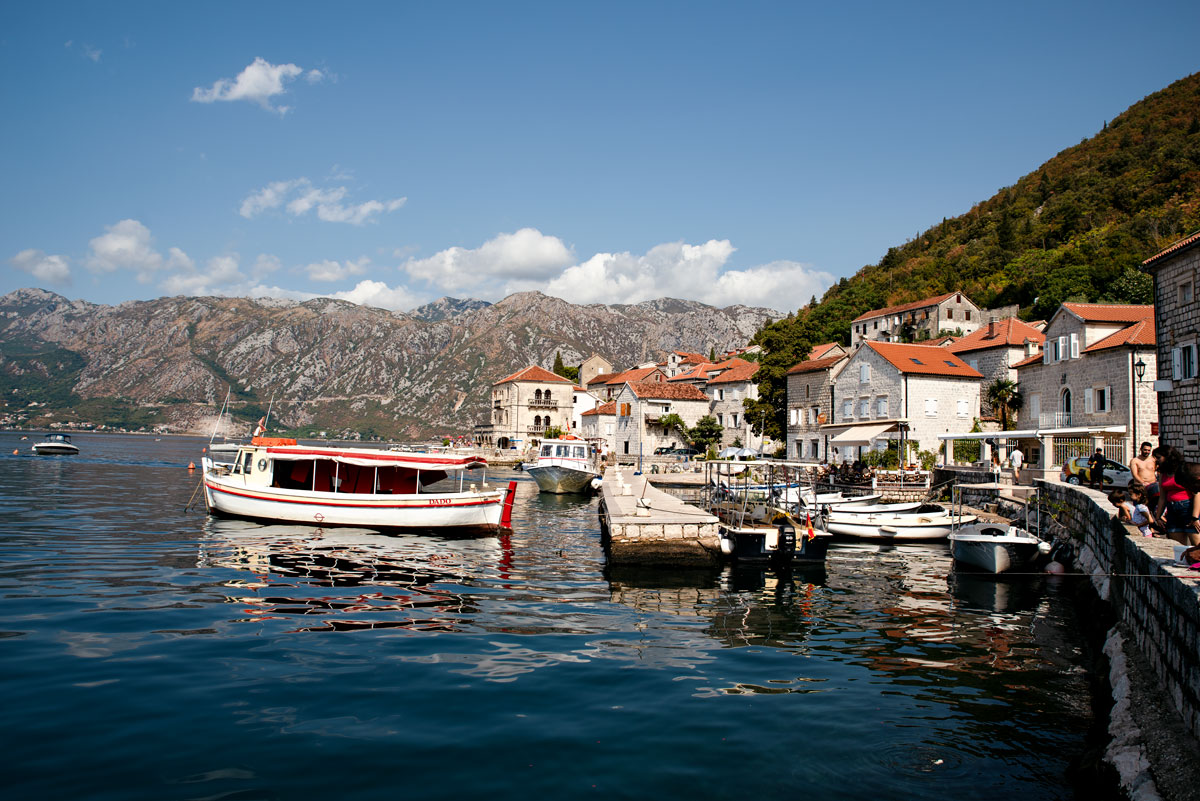
On our last day in Montenegro, we drive to Lake Skadarsko on the Albanian border. Narrow, winding roads meander around the lake. We turn off onto a steeply descending cul-de-sac that leads us directly to a pebble beach. A small camp, a quiet bar and a boat rental. We set up camp for the night and then jump into the refreshing waters of the lake. The clear fresh water cools our skin. We let ourselves drift and swim to an island off the shore. A vehicle gets stuck on the shore, an off-road vehicle rushes over and pulls it out. Our Montenegro adventure comes to an end here.
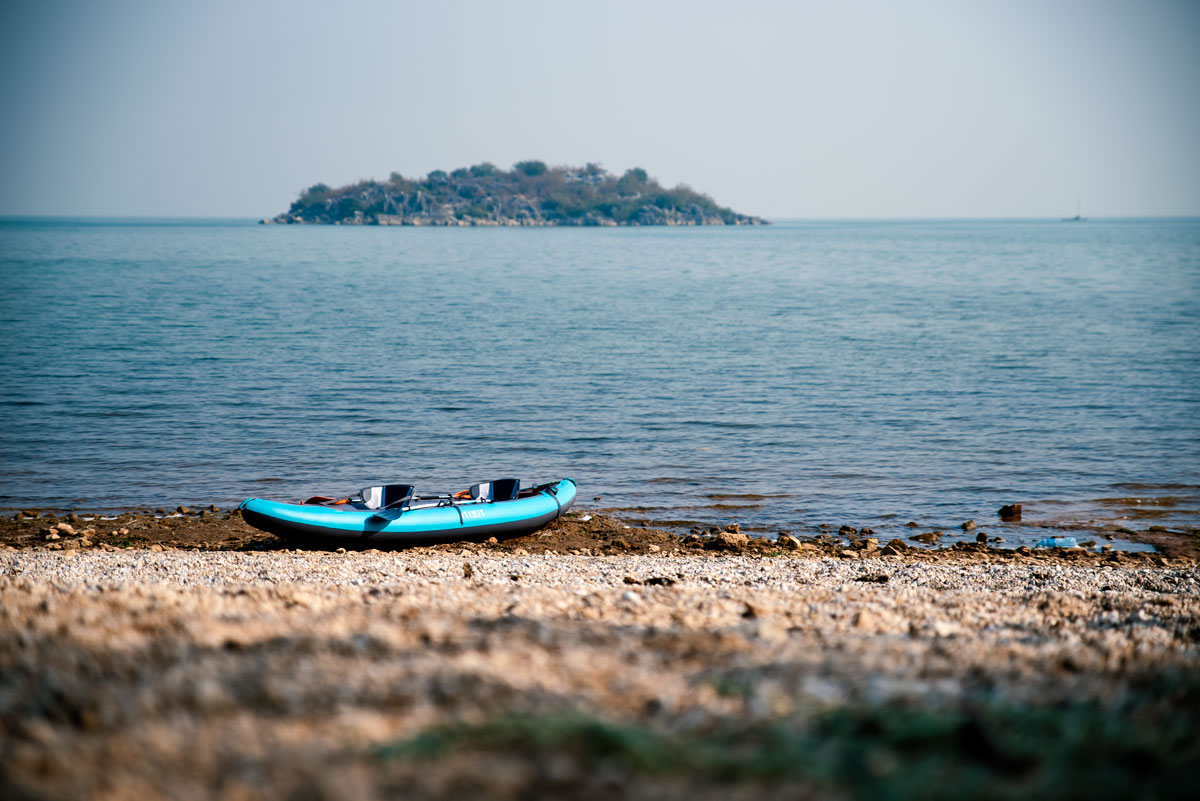
And so we leave this small country in the Balkans. So much breathtaking scenery in such a small area. We entered the country without any expectations, Montenegro has always amazed and astounded us. When we think of Montenegro now, we see the barren rock needles of Dumitor before us. We feel the water of Lake Skadarsko and taste the salty air of Kotor. Hardly any other country so small can offer so much: Mountains, lakes, culture, cities, parties, sea and beach. Montenegro is a Balkan experience condensed into its most beautiful sides.
Info about our trip
As you can see from our travel report, we were pleasantly surprised by Montenegro. The country is a great place to make a stopover on your Balkan road trip and experience some beach, cocktails and culture in one of the coastal towns. However, don’t underestimate the distances – even if the country looks small on the map, the roads are often winding and highways are rare. So plan enough time for the routes! In our opinion, Montenegro is also the ideal destination for history haters. The Balkan War had less destructive effects here than in the surrounding countries, and Montenegro only separated from the union with Serbia and Kosovo in 2006. You can therefore travel around the country without constantly coming across the scars of the terrible past, genocide, minefields, abandoned villages and war victims. You can easily avoid this brutal reality and the political situation here.
One more comment on the inhabitants of Montenegro: compared to the surrounding countries, Montenegro seemed a little more bourgeois to us and the people there were also more reserved, sometimes even unfriendly towards us. It may have just been unfortunate encounters, but the Albanians and Kosovars welcomed us with open hearts and broad smiles.
Montenegro offers a comparatively inexpensive travel experience, especially when compared to Western European countries. Accommodation ranges from affordable hostels to luxurious hotels on the coast. A meal in a restaurant is often inexpensive, especially local dishes. Rental cars are affordable, especially outside the high season. The coastal region is naturally more expensive than the region towards the Albanian border or the north. Overall, Montenegro is an inexpensive destination with a variety of options for different budgets.
The food in Montenegro reflects the diverse influences of European cuisine: fresh seafood such as fish, mussels and octopus, often prepared with olive oil and herbs, dominate on the coast. This is strongly reminiscent of Mediterranean dishes. In the interior, hearty meat dishes such as Ćevapi, grilled lamb and Njeguški pršut (air-dried ham) are popular – this is where the Balkans come to the fore. Side dishes such as kajmak (creamy fresh cheese) and kačamak (a type of polenta) are often served with these dishes. Typical desserts are krofne (donuts) and baklava.
In Montenegro, we tried every conceivable accommodation option: in the Dumitor National Park and at Lake Skadarsko, we slept in very small campsites that costed us around 20 euros per night. Near Plav, we set up camp for the night in a well-hidden field – an old farming couple lived a few hundred meters away. We felt safe here. In Podgorica, we found a mediocre Airbnb and in Kotor a private room in a hostel. Of course, the prices in the coastal towns are higher than in the villages and camping beats everything in price anyway. You can get a decent room by the sea for around 60 euros or more per night.
Montenegro is generally a very safe country to visit with a low crime rate, especially in tourist areas such as Kotor, Budva and Podgorica. Pickpocketing can occur – as everywhere – in busy areas or markets, so caution with valuables is advisable. Natural disasters such as forest fires can occur in the summer months. It is advisable to find out about current weather conditions and road conditions. All in all, you are safe as a tourist in Montenegro.
We set off on our first Balkan road trip without our little man. From later experience, however, we can say that the Balkan countries are very child-friendly – at least as far as direct contact with children is concerned. The infrastructure often leaves a lot to be desired (no baby changing facilities, lack of public toilets, hardly any clean toilets, playgrounds in poor condition …). On closer inspection, it quickly becomes apparent that people in the Balkan region treat their children differently – at least that is our impression time and again. Society seems to be even more male-dominated, role models are more classically exemplified, fast toy cars and weapons are the toys of choice for boys, pink princess dresses for girls. No matter what, it always has to light up and make noises. We are in no way judging this or dismissing it as bad, we just keep noticing it.
As in the entire Balkan region, the best way to travel to Montenegro is with your own vehicle. This gives you the most flexibility between the cities and – at least for us – the most fun. An alternative is to hire a car. The roads are generally in good condition, but often very narrow and winding. There are not many highways and a few sections are toll roads.
Off-road driving: Montenegro is perfect for beautiful and challenging tracks. Always keep an eye on your ability and the limits of your vehicle. In principle, many things are legal to drive on here – but it should be clear that you should not cause any damage in national parks or other regions worthy of protection. If in doubt: stay on the paths, because even washed-out dust tracks and narrow stone tracks can be fun. Wild camping is generally tolerated. Here, too, it helps to ask in advance and to leave the campsite clean(er).
- Anyone interested in the modern history of the Balkan region should read Marie-Janine Calic’s Geschichte Jugoslawiens
- Elizabeth Roberts provides a very detailed and far-reaching look at the country’s history in Realm of the Black Mountain: A History of Montenegro
